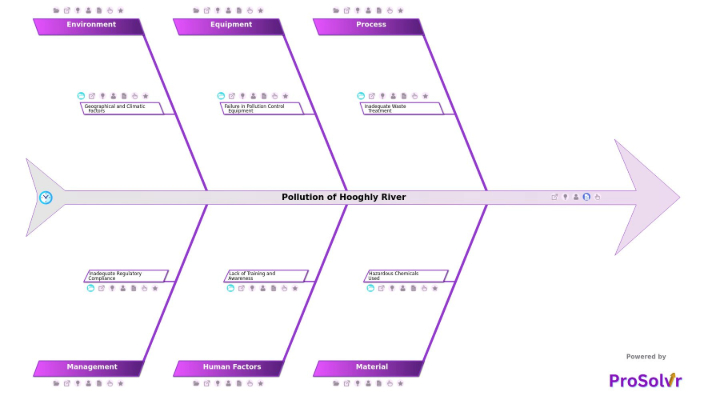RCA of Pollution of Hooghly River
Industrial pollution has been a significant concern in the Hooghly River, with various industries contributing to the contamination of this vital waterway. Haldia Petrochemicals, located near the river, has been scrutinized in the past for environmental impacts associated with its operations. The pollution concerns primarily stem from industrial effluents discharged into the river, which may include hazardous substances such as heavy metals and other chemicals. This pollution poses serious risks to the river's ecosystem and public health, particularly affecting local communities dependent on the river.
The issue highlights broader challenges with industrial pollution in the region, where enforcement of environmental regulations may not always be stringent enough to prevent harmful discharges. The situation in the Hooghly River reflects a pattern of environmental degradation, with increasing contamination from multiple sources, including industrial units, domestic sewage, and agricultural runoff.
Root cause analysis (RCA), using tools like the fishbone diagram, can be instrumental in addressing the pollution of the Hooghly River by identifying and eliminating the underlying causes of contamination. By employing a visual RCA tool like ProSolvr, investigators can pinpoint specific failures in industrial waste management processes, such as inadequate treatment of wastewater or improper disposal of toxic effluents. Once these root causes are identified, targeted corrective actions can be implemented, such as upgrading wastewater treatment facilities, enforcing stricter environmental protocols, or providing better training for employees.
Who should use the Pollution of Hooghly River template?
Several groups can benefit from the insights gained through the root cause analysis (RCA) of Pollution of Hooghly River:
Why use the Non-Compliance with Environmental Norms template?
Draft and create a template for problem analysis in ProSolvr by smartQED.








